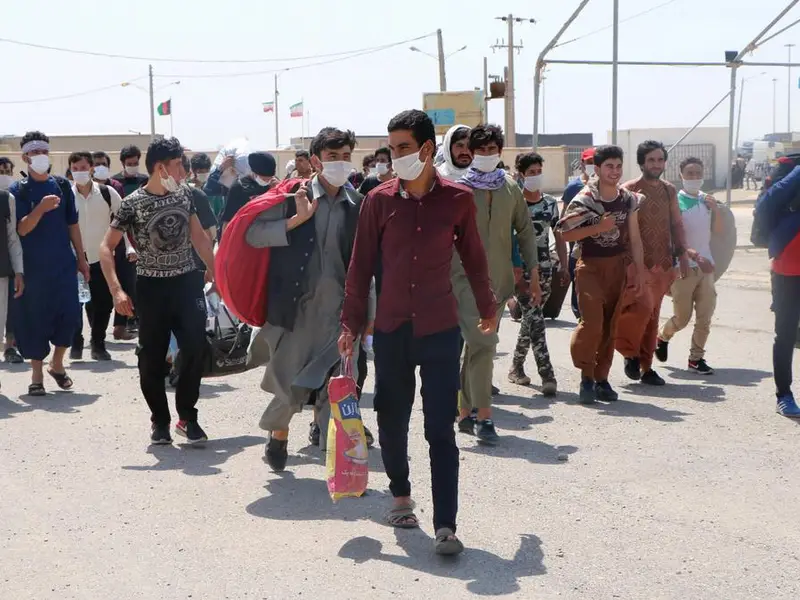Amidst mounting criticism from Iranian citizens, Iran's interior minister has denied any plans to issue citizenship IDs to Afghan immigrants residing in the country.
Afghan immigration to Iran has a long history, with immigrants initially arriving as refugees in the early 1980s. Later, they transitioned to become economic migrants. Prior to the Taliban's takeover of the Afghan government in 2021, their numbers rarely exceeded two million. About 780,000 Afghans had obtained refugee status, distinguishing them from illegal immigrants.
However in the past two years, Afghan refugees have been streaming through the border, with their total number now reaching 8 million. The government seems unable or unwilling to stop the deluge.
Critics have raised concerns over the Iranian government's inaction to address the influx of Afghan refugees, suggesting that the clerical regime might have ulterior motives about using the Afghan immigrants, who speak Persian, as expand its base of support or military recruitment.
Ahmad Vahidi, the interior minister, claimed on Thursday that the statistics being presented are “highly inaccurate.” He pointed out that some individuals are” unable to differentiate between an ID card and a birth certificate.” Furthermore, he refuted recent claims that the Iranian government intends to issue birth certificates for Afghan immigrants, emphasizing that, as before, “only an ID or identification code would be issued to authorized migrants.”
Critics of the government argue that authorities may be actively encouraging the growth of the Afghan population in Iran by offering incentives such as subsidized energy and food. The strategy is seen as an attempt to address the issue of population decline or to potentially bolster the military by recruiting young Shiite Hazara Afghans.

